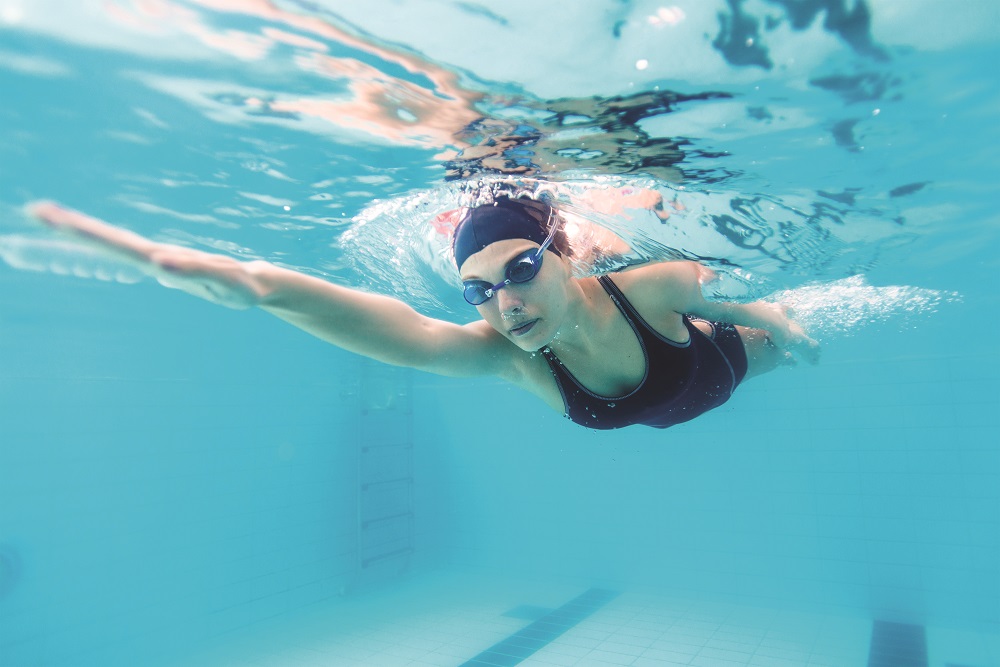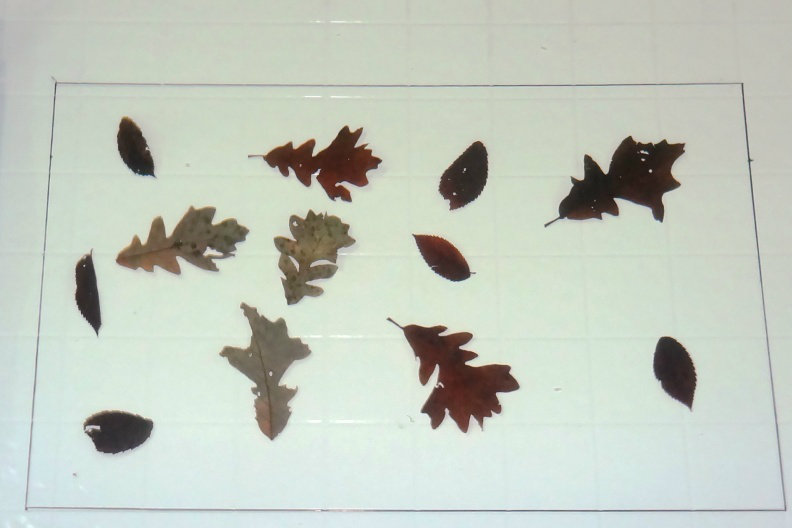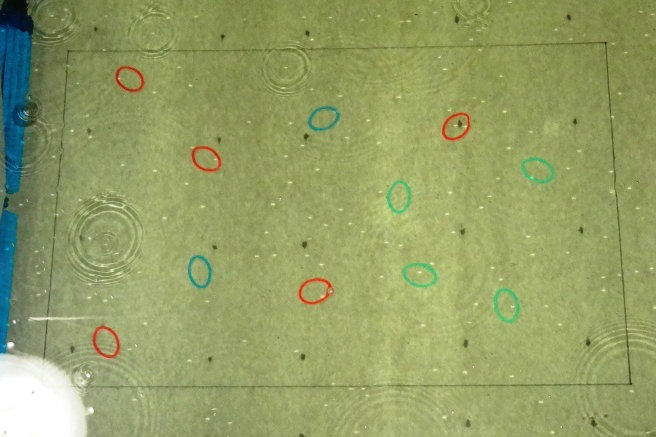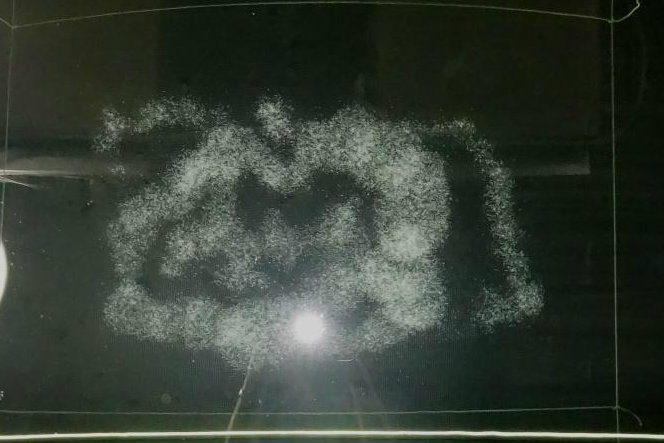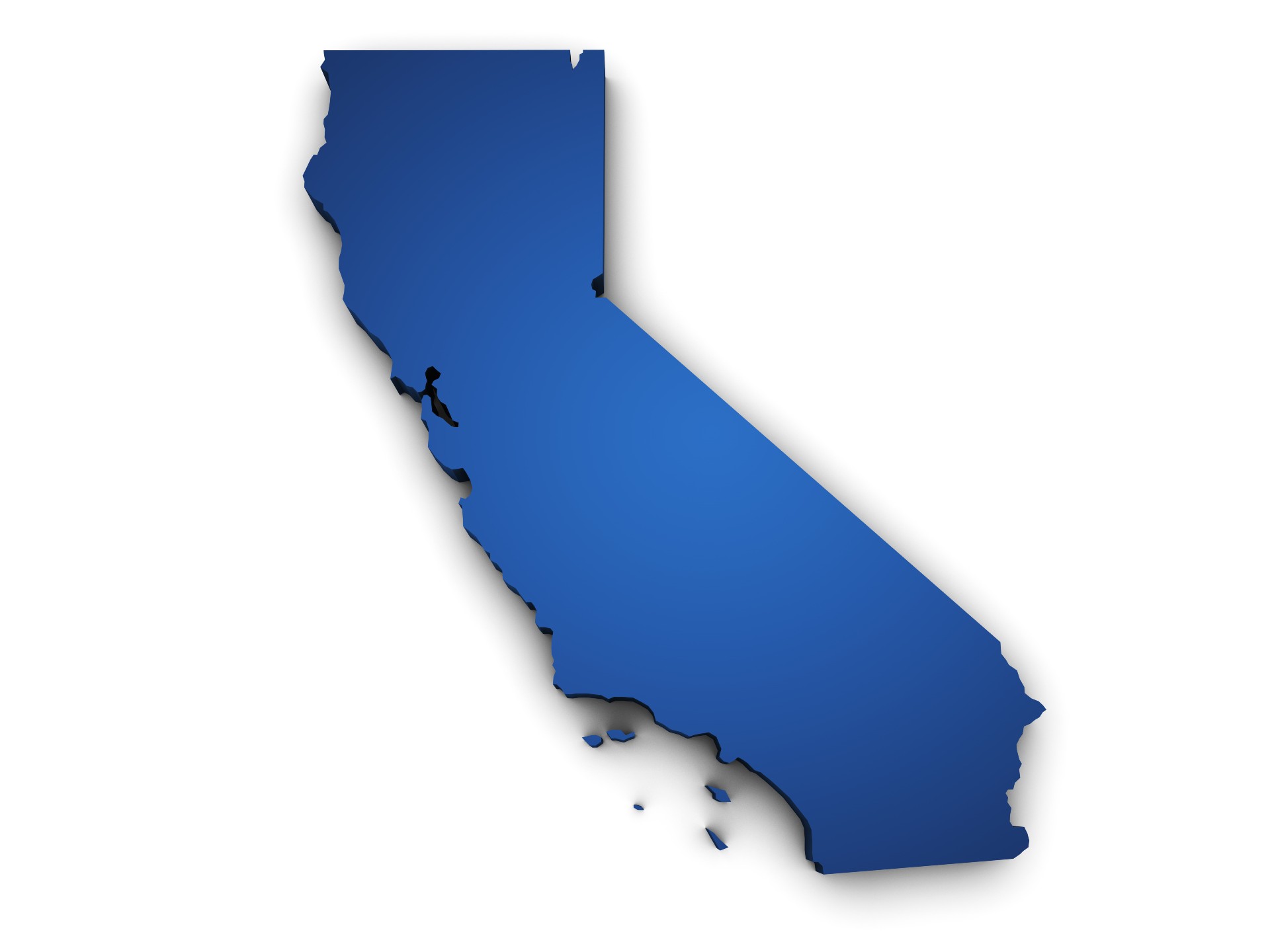There are many devices on the market that promise to help keep pools clean and free of debris and sediment. There are even automated pool cleaners that will independently clean pool floors and walls without direct human control, allowing for automatic pool cleaning at night and during periods of pool closures.
But how can pool operators be sure that a cleaner will live up to its claims and effectively keep their pools clean and free of debris?
NSF International has an answer for that — CCS 15965: Component Certification Specification for Manual and Automated Pool Cleaners. Component certification specifications (CCS) are documents that provide testing requirements and certification criteria for products that fall under the scope of NSF/ANSI 50: Equipment for Swimming Pools, Spas, Hot Tubs and Other Recreational Water Facilities, but that have not been balloted into the standard. CCS 15965 provides requirements for both manual pool cleaners (those that require operation by a human) and automated pool cleaners (those capable of operating without direct human control). The CCS covers pool cleaners and related equipment intended for use in public facilities and includes requirements for materials, design and construction, marking, installation and use instructions, and performance of the equipment to pick up certain contaminants in the pool water. Automated pool cleaners also are evaluated for the pattern of floor/wall coverage.
Material and design requirements
Pool cleaners must meet the same material safety and corrosion resistance requirements as every other product certified under NSF/ANSI 50. These requirements are defined in Section 3 of NSF/ANSI 50 and require materials used at surface areas exceeding 100 square inches to be approved for acceptable use as a direct or indirect food additive in accordance with 21 CFR 170-199 (FDA); to be certified to NSF/ANSI 61, 14 or 42; or to undergo chemical extraction testing per requirements of Annex A.
Additionally, the CCS requires that debris and sediment collected by the pool cleaner be readily removable and that automated pool cleaners utilizing a container to collect the debris and sediment must possess a mechanism for alerting the user when the filter has been filled.
Contaminant removal
Under the CCS, both manual and automatic pool cleaners may be rated for removal of sand, small debris, leaves or any combination thereof from tile, vinyl and concrete surfaces. In order to achieve each of these ratings, the product must meet the following criteria:
• A device rated for the removal of sand must remove ≥85% of sand from each test surface in a single pass.
• A device rated for the removal of small debris must remove ≥75% of the total number of hair ties (used as test “debris”) from each test surface in a single pass.
• A device rated for the removal of leaves must remove ≥75% of the total number of leaves used from each test surface in a single pass.
Figures 1-3 (below) illustrate some of the setups for these contaminant-removal tests.
NSF International
Pool coverage
In addition to cleaning efficiency, automated pool cleaners are tested to assess their ability to completely pass over all areas of a standard-shaped pool during a typical cleaning cycle. In order to test for pool coverage, either of two methods may be employed, as long as an accurate measure of coverage area is obtained. In the first method, a specified amount of test contaminant (either gravel or elastic hair ties) is distributed evenly over the pool floor, and the device is operated for one cleaning cycle. At the end of the cycle, the percentage of test contaminant removed from the pool is assessed. In the second method, photo/video tracking and computational techniques may be utilized to obtain a visual representation of the test pool areas covered by the device during one complete standard cleaning cycle.
Figure 4 in the slideshow shows an example of the second method of testing pool coverage. In this test, LED lights were mounted on the automatic pool cleaner, and long-exposure photography was used to track the path of the pool cleaner around the surface of the pool as it performed a single cleaning cycle.
In either method, if the device is designed to clean vertical pool surfaces, provisions are made to include wall areas in the calculation of the percentage of the pool surface area cleaned. To pass the pool coverage test, an automated pool cleaner must be shown to provide greater than 95% coverage of the pool surface area(s) for which it is rated.
Additional requirements
In addition to cleaning efficiency and pool coverage tests, devices that are operated via circulation or booster pump pressure or vacuum are subjected to a pressure or vacuum test. Systems that incorporate a pressure or vacuum regulating valve are exempt from this test. In this test, cleaners must be able to withstand 1.5 times the cleaner’s maximum rated pressure or vacuum for 5 minutes without suffering permanent damage or deformation.
Finally, all pool cleaners must meet requirements for the information displayed on their data plate and owner’s manual. Among other requirements, this information must include the type of surface (floor/wall) the device is rated to clean, the type of debris the device is rated to remove, maximum pressure and vacuum ratings (if applicable), and safety, operation and maintenance instructions.
CCS 15965: Component Certification Specification for Manual and Automated Pool Cleaners provides a new mechanism for manufacturers of pool cleaners and related equipment to demonstrate the quality of their product. At the same time, choosing a pool cleaner certified under CCS 15965 allows pool operators to be confident that the cleaner they select will perform as well or better than advertised, leading to cleaner pools that can be maintained with less effort.
-
High Marks to Those Recently Certified by NSF International
NSF warmly welcomes the following companies
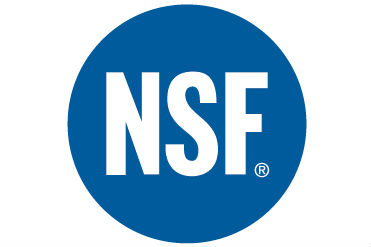
-
Pool Safety: The Most Important Mission
To safeguard the youngest swimmers, products must comply with several codes and standards. NSF testing and certification helps.
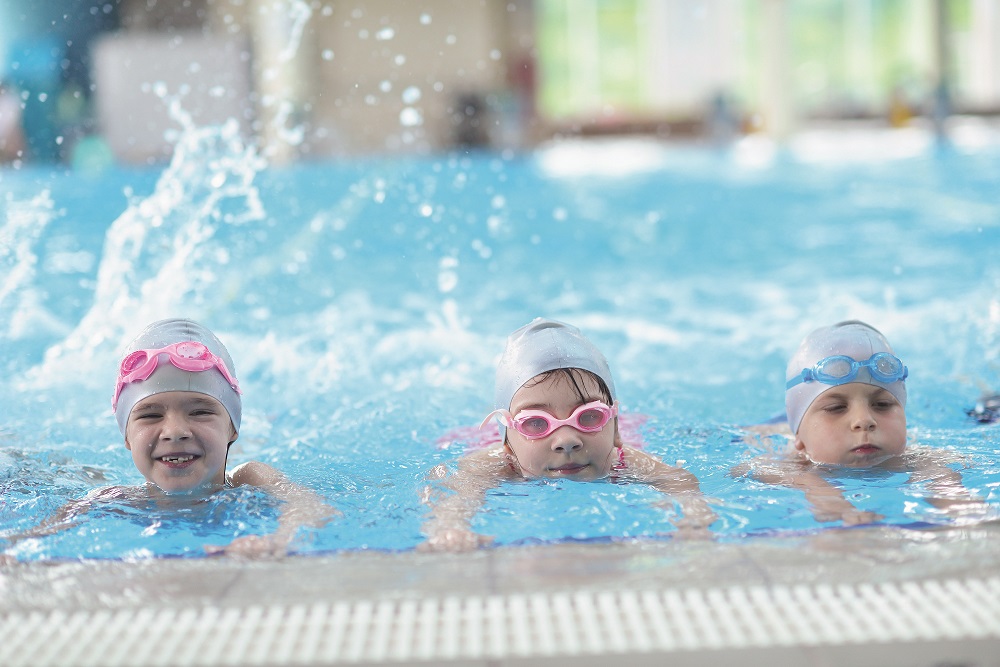
-
Needed Clarity: How NSF Evaluates and Tests Pool Filters
A look at how filters are evaluated and tested for certification to NSF/ANSI 50
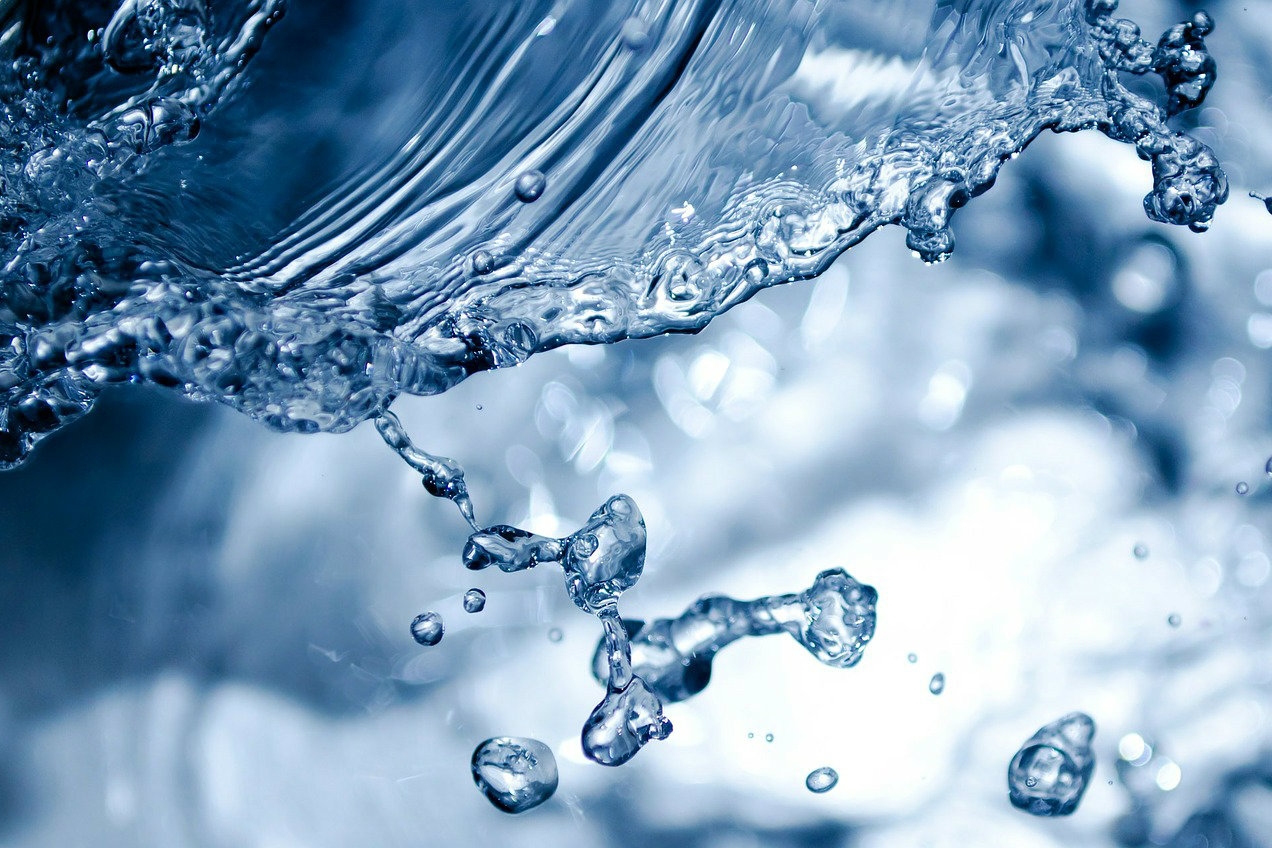
-
Getting a Clean Sweep from Automatic Pool Cleaners
Take this deep-dive look at how pool cleaners for public facilities are tested, as outlined by NSF/ANSI 50
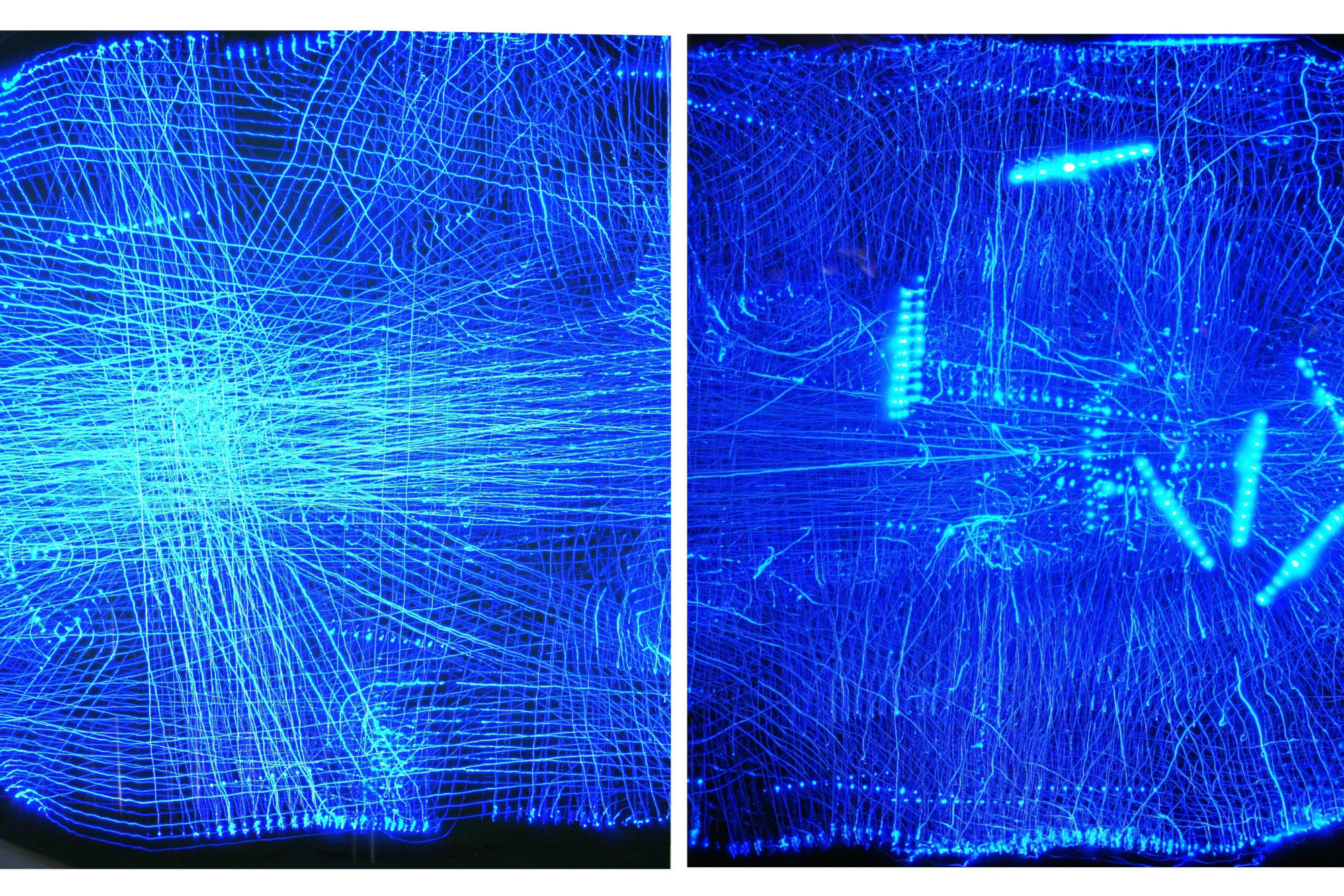
-
The Latest on the Suction Outlet Performance Standard
The suction outlet performance standard cited by federal law is undergoing an update. Here are the details.
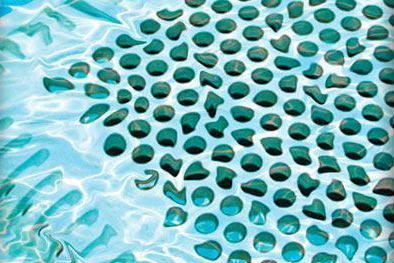
-
NSF to Review Standard for Water Conditioning Devices
NSF International has formed a task group to include water conditioning devices in NSF/ANSI 50
